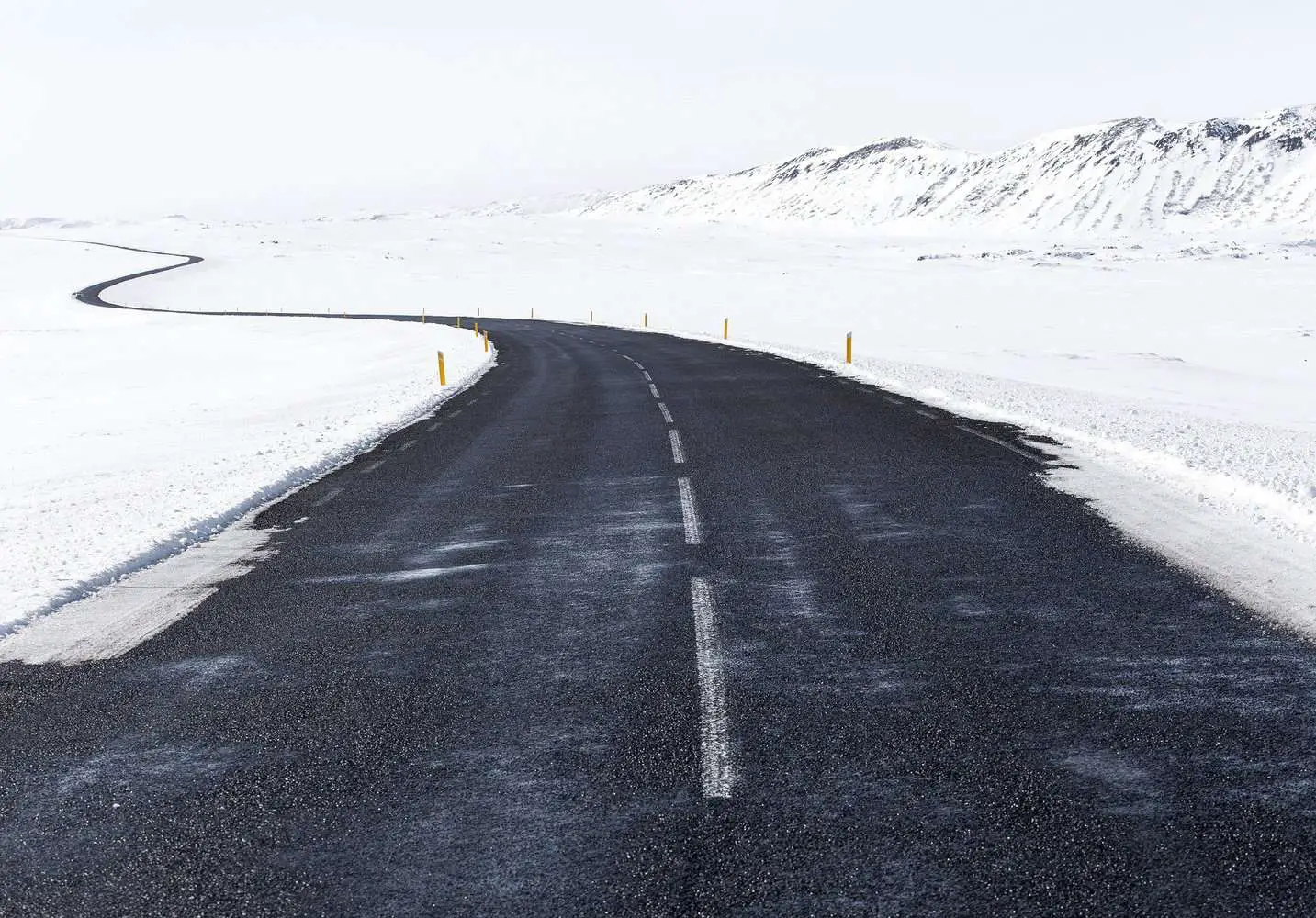It’s the time of year that seasonal RVers dread the most—the early frost, when we start thinking about putting our home on wheels in storage for the winter months.
Of course, there’s more to it than simply parking the unit in a garage and forgetting about it until spring. If you want to extend the life of your camper, you should take the proper precautions to winterize the rig, particularly the plumbing system. Here’s a step-by-step guide on how to winterize a camper for safe storage.
1. Drain The Tanks
If you have access to a local dump station, drive your rig there when it’s time to empty the tanks for the winter. Switch off the gas, propane, and all system power before you begin.
Start with the fresh water tank. Open the valve and let all the water drain out. Do the same with the valves on the black and gray water holding tanks, using the sewage outlets as needed.
Once the tanks are empty, they should be thoroughly cleaned. If your camper trailer isn’t equipped with a built-in backwash unit, you’ll have to flush them out using a pressure-cleaning wand.
2. Drain Faucets
Even though the fresh water tank has been emptied, there may still be some residual water lingering in the pipes. To eliminate this, open all the drain valves except for the one on the water heater. Turn on all the hot and cold faucets and allow them to run for a few minutes to force all the lingering air and water through the system. Additionally, flush the toilet several times until all the water has been expelled.
3. Replace The Water With Non-toxic Antifreeze
Your next step is to push non-toxic antifreeze through the pipes to prevent them from freezing when the temperatures start to drop. Don’t be tempted to cut corners by using regular antifreeze—make sure it’s a propylene glycol-based product that won’t damage your RV’s plumbing system. It’s generally easy to make the distinction, as non-toxic antifreeze is pink in color rather than bright green.
You should check the owner’s manual again for specific instructions on carrying out this step. Essentially, you’ll need to add a few quarts of the antifreeze to each water tank and push it through the lines. This is usually done by flushing the toilet and running the faucets until the pink liquid appears. Your RV’s system might allow you to take care of the entire process yourself, but some models could require the aid of a professional.
4. Clean The RV Inside And Out
When it’s finally time to hit the road again, the last thing you want is to step into a living space that wasn’t properly cleaned before those long months in storage. Clean out the refrigerator and cupboards, making sure not to leave any food items behind.
Wash the linens and store them inside so they won’t pick up any musty odors from the garage. Vacuum the floors and upholstery, and be sure to remove your trash when you’re finished. Next spring, you’ll be glad you made the effort.
5. Prepare The Appliances
Before heading into storage, the refrigerator will need to be thoroughly defrosted. Same goes for the ice maker, if you have one. For dishwashers and washing machines, you should consult the owner’s manual, but it’s safe to say that they’ll require some variation of the same care you’ll be giving the holding tanks (see step 4, Drain the tanks, below).
6. Remove The Battery
Your battery won’t be doing much good where it is, so it’s better to remove it. Take this opportunity to clean the battery terminals before putting it in a warm, dry place.
On the other hand, if you’ll have access to the travel trailer while it’s in storage, you can leave the battery in place. Just be sure to plug the battery into a shore power system at least once a month for about 8 hours at a time.
7. Fuel Up
Just before you move the unit into storage, fill the gas tank until it’s at least three-quarters of the way full. You can also add a fuel stabilizer to help prevent the gas from breaking down during the storage period.
We would recommend changing the oil at this point as well. This will provide lubrication for the engine and take one more step off your de-winterization to-do list in the spring.
8. Protect Against Critters
Even if you think your storage area is rodent-safe, you don’t want to take any chances. Start by re-caulking all the doorjambs and window seals—this will help to insulate the rig and serve as an insect deterrent all at once.
Next, cover any openings, including the vents and exterior pipes. If rodents get inside the system, they could cause mechanical damage that will result in a pricey repair bill after the thaw. Because mice and squirrels tend to run up the auxiliary power cable and climb in through the panel, you should also disconnect the cord and seal off the cable hatch.
As an added precaution, set a few traps inside the cabin and check them regularly. For obvious reasons, this will only work if you’ll have access to the camper while it’s in storage.
9. Protect Your Tires
When it comes to tire protection, there are a few steps you can take. First, fill the tires to the recommended pressure level. If you aren’t sure what it is, here’s another job for that trusty instruction manual (didn’t we tell you it would come in handy?).
You should also consider putting the tires up on blocks to prevent any flat spots from forming, particularly if they’ll be parked on concrete for the duration. Use a set of wheel chocks, the way you would if you were trying to stabilize the travel trailer during a camping trip.
Finally, invest in a quality set of wheel covers to add an extra layer of protection. This is particularly important if you’ll be parking the unit outside, where the tires will be exposed to UV rays.
10. Read The Manual
If you haven’t looked at the owner’s manual since you first purchased your camper trailer, now is the time to open it up again. Inside, you’ll find all the information you need regarding the appliances, septic system, and any winterizing features that it might already have.
The Bottom Line
Before putting your reliable home-away-from-home up on blocks for the season, do a final walk-through inspection to make sure you haven’t missed any important steps. Additionally, the storage space you’ve chosen should be as convenient and well-protected as possible.
Your needs may vary depending on the type of RV you drive and the area where you live, so be sure to make the choice that suits your needs.
If you want to be thorough, bring it to a service center and have them perform a professional inspection. This may reveal any leaks or cracks that you were unaware of when you were making your way down the list. When it comes to protecting an investment as big as your RV, you can’t be too careful.
Best of luck, and happy camping!
Check out our article on: How To Level A Travel Trailer On A Permanent Site

